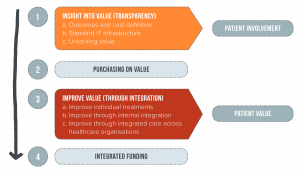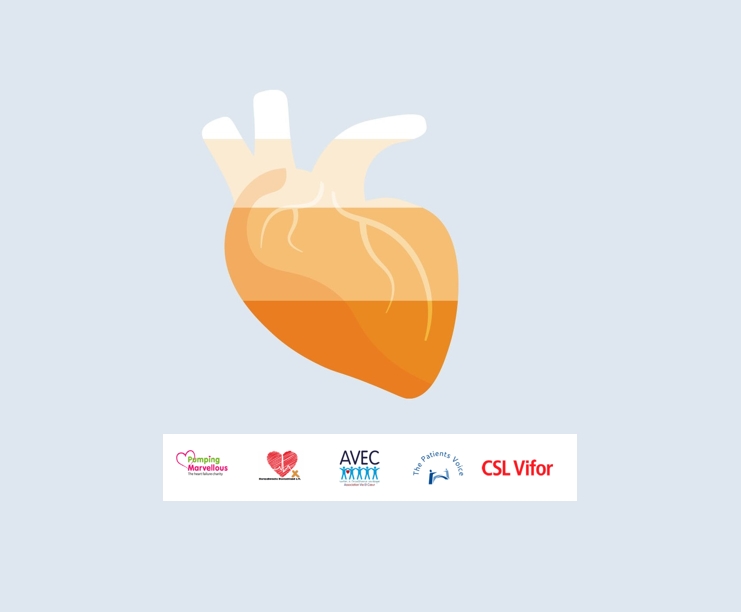Almost a third of the barriers obstructing the implementation of Value-Based Healthcare (VBHC) in the Netherlands are related to the limitations of the current funding system. This is evident from market research that we have recently published. Money is therefore an important factor in creating the right incentives in the system. Despite this, the current financing structure is not the only enabler that we have to do something about at a national level in order to facilitate full adoption of VBHC.
VBHC in the Netherlands: the necessity for central control
The three important underlying VBHC objectives are efficiency (= lower costs), repeatability (= better quality) and comparability (= more transparency). A national scale is necessary for all these objectives.
At the moment, there is heavy reliance on local initiatives and leadership, and little central coordination. Despite the fact that we need all the local enthusiasm we can get to take the first steps, this goes hand in hand with a serious threat: fragmentation. Fragmentation hinders economies of scale, and therefore efficiency, repeatability and comparability. A lack of central control can therefore ultimately prevent the complete and efficient adoption of VBHC.
More central control at a national level is necessary. This will not only prevent fragmentation, it will also accelerate broad implementation of VBHC in the Netherlands. To this end, we have defined a National Growth Path for VBHC. In this Growth Path, we distinguish between four phases that logically proceed in sequence. This makes it clear who has to take on this central role.
The national growth path for VBHC: from insight to improvement
The national growth path for VBHC consists of four phases, namely: 1) the creation of insight into value (transparency), 2) purchasing by value, 3) improving value (through integration) and 4) integrated healthcare funding.
It is clear that these phases must take place in sequence. In order to make purchasing by value (phase 2) possible, there must first be insight into the value delivered (phase 1). It is crucial here that we do not compare apples with pears and that we make national agreements on outcome definitions and standards for different clinical pictures. It is also important that a national IT infrastructure is implemented for better data exchange and to make value transparent for insured parties.
Purchasing on value is an important incentive that will stimulate the improvement of value (phase 3). Healthcare providers will try to save more and make more improvements through further integration between primary care, secondary care and tertiary care. Over time, integration will shift the focus for improvement from individual treatment to the internal care cycle, and finally to the integration of the entire chain. This is why complete funding of our healthcare will also become possible (phase 4).
Patient will benefit the most.
In order to implement the right infrastructure and ensure that we can compare the realised value nationally, it is crucial that the Ministry of Health, Welfare and Sport and health insurers take a central control and/or facilitating role. They must create the right enablers, particularly a national IT infrastructure and standards, that will stimulate transparency and further promote the progress of the growth path. This will help to counter fragmentation and provide the scale necessary for the successful adoption of VBHC.
The end result of these developments will be more involved patients through better insight into value (patients know where they are heading) and ultimately patients who are better served (through improved value). The patient will ultimately benefit the most and that’s what it’s all about!

Figure 1: The national growth path for VBHC



